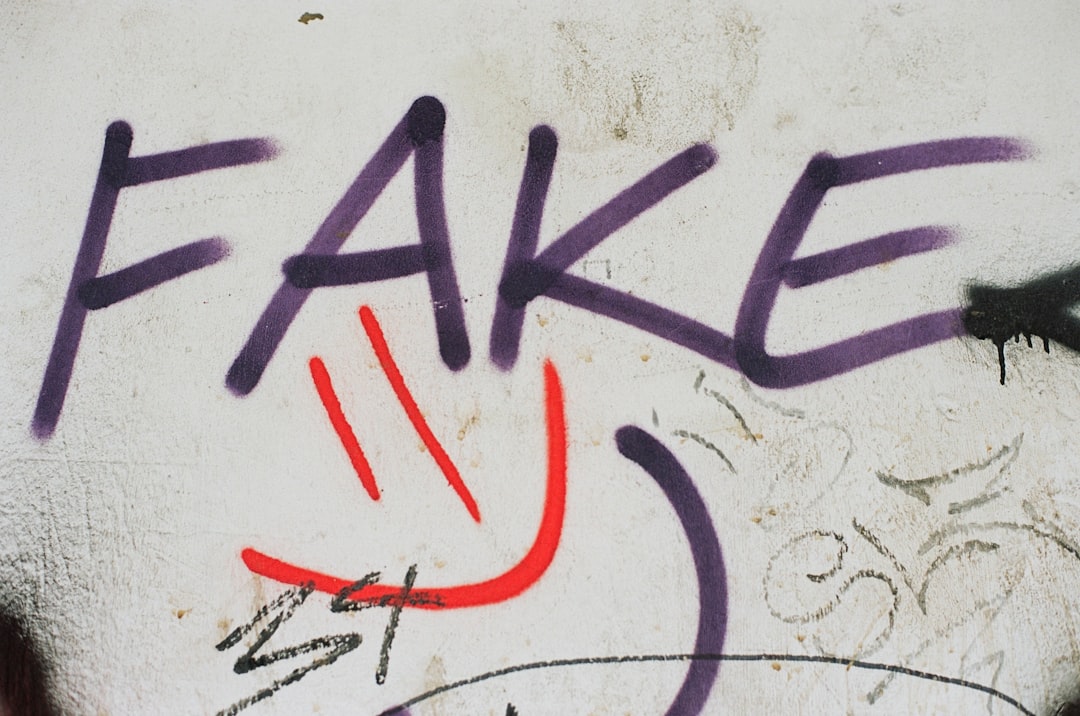What is it about?
The digital humanities (DH) and library and information science (LIS), both can be regarded to be the ‘sciences of information’, because they are interested in recorded information, but DH is deeply rooted in the humanities, while LIS belongs to the social sciences, even though it often uses methods, taken from the humanities. There are a number of connections between them not only because libraries are an important part of the infrastructure of the humanities, but originating from their epistemologies. Similarities and (obviously) differences between the two disciplines can be grouped around their perceived and real strengths and weaknesses. Both disciplines are influenced by the data-intensive paradigm of scientific research, especially as DH is directed to a substantial extent by the assumption that data can be interpreted as texts, and – conversely – texts can be interpreted as data. Both are often located in the same academic units, even if they are ‘small’ disciplines in the sense that it cannot be expected that most universities will have a department of library and information science or of digital humanities. LIS and DH emerged, at least in part, from service functions, thus they still have a tension between their status as an academic discipline and as a support function for research in other disciplines. LIS is both a profession and an academic discipline, and the digital humanities is pragmatically oriented, and it has a craft-like nature that shows similarities with the relationship of LIS to librarianship.
Featured Image
Why is it important?
The digital humanities and library and information science try to understand the effects of a growing digital infrastructure for knowledge production. None of the two disciplines is unequivocally weak, but they must face their debated issues and have to solve problems that originate in the fact that they do not pertain to the well-established ‘big’ disciplines.
Read the Original
This page is a summary of: Library and information science and the digital humanities, Journal of Documentation, July 2016, Emerald,
DOI: 10.1108/jdoc-01-2016-0008.
You can read the full text:
Contributors
The following have contributed to this page










